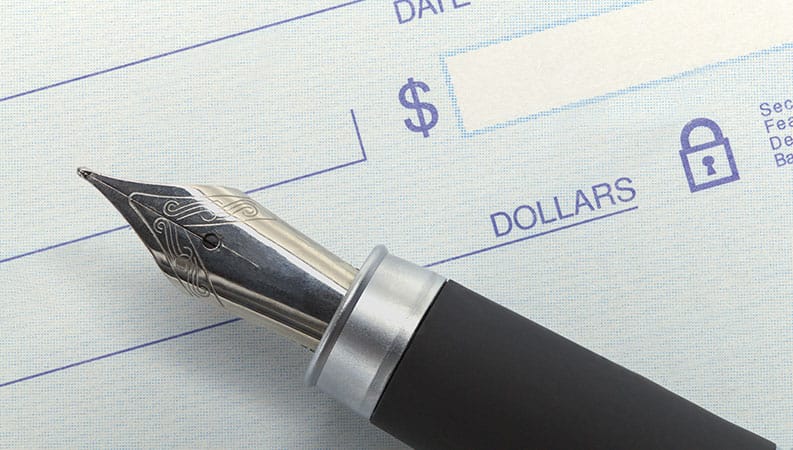It’s hard to believe, but it’s true – 50% of businesses are still writing paper checks. That is a shocking figure when you consider that hardly anyone actually has a personal checkbook anymore. Why do companies still have them then? As accountants and finance professionals, change isn’t something we’re quick to jump on…especially when it’s new. However, the move to electronic accounts payable is not new. Companies are making the transition every day and are having huge successes.
We’ve found there are four main reasons why financial executives are hesitant to give up those paper checks and make the transition to automated AP, even though the promise of savings and increased efficiencies are so great.
- Security concerns
Nobody wants to be the next headline – it’s all over the news, credit card breaches at Target, Home Depot, White Lodging, etc. But here’s the reality – the U.S. Department of Treasury reports that you are 125 times more likely to encounter a security issue with a paper check than with electronic payment. On top of that, most automated AP solutions include virtual credit cards – these single use cards cannot be hacked like traditional credit card numbers as it is only valid for one-time use tied to a specific dollar amount.
With an automated AP solution, you no longer have to worry about checks being lifted in the mail, requiring fraud departments to get involved, compromising your relationships with vendors while they wait for payment, and being embarrassed by the lack of control you have over the situation.
- Control over payments
Paper gives a false sense of control. In reality, you have less control with paper than with ePayments. ePayments provide full visibility of payment activity, enhanced workflow and approval processes, better control over cash flow and timing of payments, and no more worrying about lost checks or delays by the U.S. Postal Service.
- Integration with current systems
Implementation of new accounting systems can take 6-12 months or more, and can account for 10-35% of a company’s software costs. AP departments are already strapped for time – if you mention integration, the staff will cringe and say “I don’t have time for that.” However, cloud-based ePayment systems are available today with low-to-no cost, quick implementation, and seamless transitions. CSI globalVCard is already integrated with most ERP systems, there is no software to install or pay for, and it’s an intuitive system requiring minimal training.
- Supplier acceptance
Lastly, there are the suppliers. The most common thing AP departments will mention when they resist a Total AP Solution is that they don’t believe their vendors will accept. It’s no wonder why – average card acceptance in the industry is only 10-15%! However, in sharp contrast, CSI globalVCard customers experience high vendor acceptance – in most cases 40-50%, strengthened vendor relationships and no price increases from vendors.
Why is that? Many vendors don’t really want checks – checks take time. Virtual credit card payments are much faster, and easier for vendors to process. Not to mention the incredible details provided by CSI in the remittance they supply to vendors. Most vendors are thrilled to receive such robust data, as well as faster payments – it saves their AR team time and energy tracking down payments.
See why the Texas Rangers CFO, Kellie Fischer, is a big fan of the globalVCard electronic payment system as she discusses the ease, vendor acceptance and results experienced.



